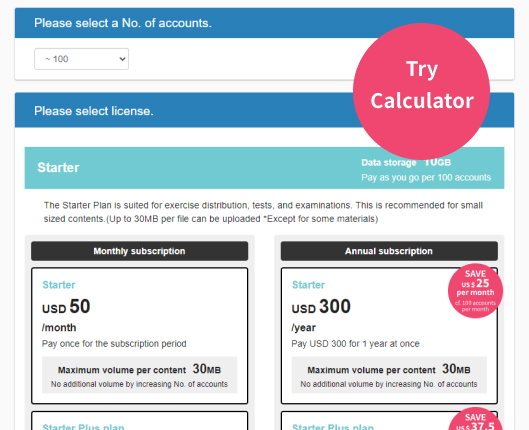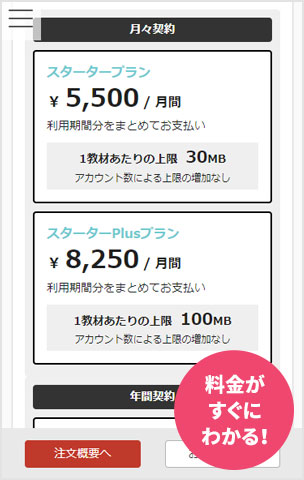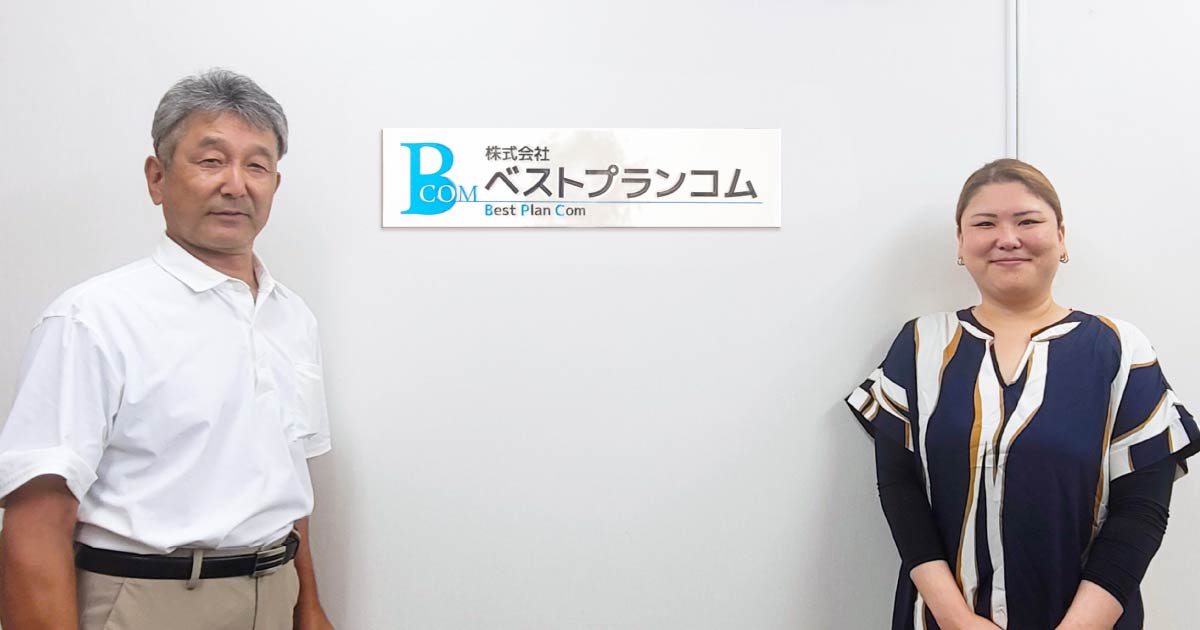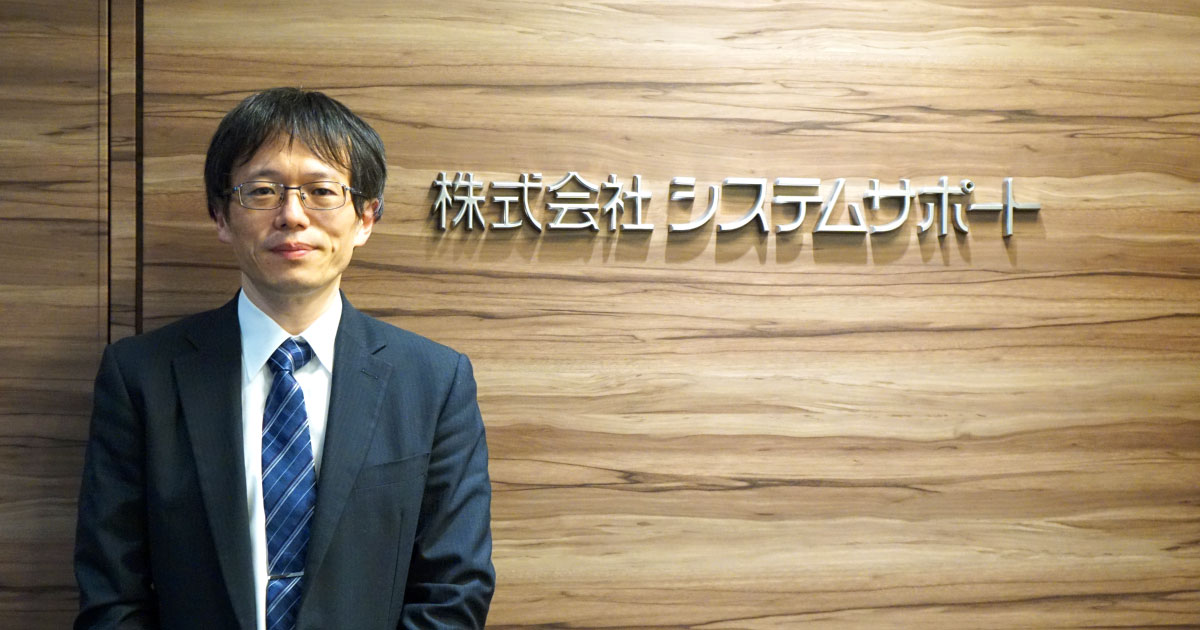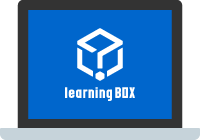Anyone can Take Online Examinations from Home
Released on
Released on
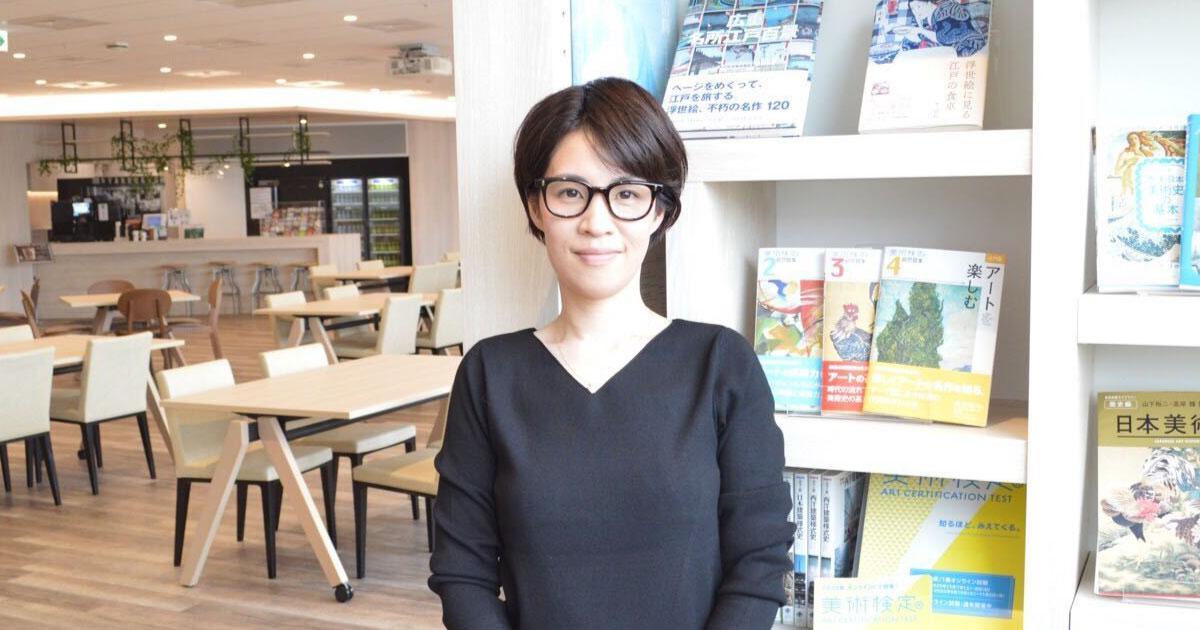
Ms. Namiko Takada

- Concerns about onsite testing after the pandemic
- Burden on examinees who travel from distant locations to take an exam
- Time to outsource question layouts
- How to manage candidates' previous results


- Online access to take the exam from home
- Time and cost saving for examinees
- Flexible customization with easy-to-understand UI
- Examinees' previous results can be imported to confirm the requirements to take an exam
The Art Certification Test Association, a general incorporated association, is dedicated to promoting the Art Certification exam, which aims to connect art, people, and society. The Art Certification exam is designed to enhance the ability of art viewers to truly "see" artworks. By understanding the artists, historical backgrounds, and techniques behind the works, the exam encourages people to experience deeper emotions and appreciation for art. In this interview, we spoke with Ms. Takada to learn more about the initiative.
"The more you know, the more you see."
Tell us about the Art Certification Test
The Art Certification Test, which helps individuals develop a deeper ability to appreciate art, is structured into four levels, from Level 4 to Level 1. The test has been held annually in November. Originally, it was conducted in test centers across five cities in Japan. However, due to the impact of the COVID-19 pandemic, an online testing option was introduced in 2020, allowing candidates to take the test from home. This change was made to ensure that as many people as possible could take the test in a safe and secure environment.
Level 4 serves as an introductory level, where candidates can pass by building upon their existing knowledge with just a little additional learning. Since 2020, Level 4 has been available for year-round testing. The online exam system was introduced in August 2020, making it even more accessible. If you're interested, we encourage you to take the test at your convenience!
What is a Level 1 Art Navigator?
Many people perceive art as something with a high barrier to entry. However,Art Navigators are individuals who help make art more accessible by providing clear explanations and sharing the joy of “seeing” and appreciating artworks. The Art Certification Test has a history spanning over ten years, and currently, there are more than 300 certified Art Navigators.
The term “navigate” means to guide or lead the way. We hope that Art Navigators will not only help people view artworks but also convey the emotions and enjoyment that come from engaging with them. Our goal is to assist more people in experiencing and appreciating art on a deeper level.
Museums often provide audio guides and curator-led explanations, yet many still feel that art is difficult to approach. The Art Certification Test is designed not just to help people acquire knowledge but also to encourage them to apply what they have learned in society. We want examinees to use their knowledge to actively engage with art.
Previous Exam Data can be Taken Over in a Batch
How did you know learningBOX?
Our journey began when we discovered QuizGenerator. The Art Certification Test starts at Level 4, but we wanted to create an even more accessible entry point. That’s why we decided to develop quizzes based on current exhibitions. For example, if someone hears that a Van Gogh exhibition is coming to Ueno, they might decide to visit simply because he is famous. However, most people don’t study beforehand. We thought that if visitors could learn small bits of information—such as the fact that a particular painting was created during Van Gogh’s youth or that he used colors in a certain way—through a quiz format, they would enjoy the experience much more.
When we first tried creating a quiz, we were surprised at how easy it was. The system allowed us to upload high-quality images effortlessly, and even with limited IT literacy, we could intuitively design quizzes. It was during this process that we discovered learningBOX, a learning management system.
Are there any features you recommend for learningBOX?
Grade Management feature, we can easily collect data on quiz accuracy rates and the time taken to answer each question. The Art Certification Test includes questions that reflect current trends in the art world and relevant social issues. Our question development team carefully crafts high-quality questions each year, and now, with access to time-based data, we can further refine our test content.
Previously, we offered student discounts and special coupons for book purchasers to reduce exam fees. Now, with couponfeature, we can apply similar discounts to online exams as well. Additionally, for the Art Certification Test, examinees must pass Level 2 before taking the Level 1 exam. We have now integrated past exam records into the Art Certification Test Online system. This allows us to verify their eligibility based on their email addresses and names, eliminating the need for them to manually enter their Level 2 certification number. This has significantly streamlined the process and made it more convenient for test-takers.

How was the quiz creation on learningBOX?
The process of creating exam questions was incredibly simple and convenient. Previously, when we outsourced the layout design, we had to send the necessary details via Excel, receive revisions in Excel, and go back and forth multiple times. This not only took a lot of time but also made it difficult to visualize the final layout.
With learningBOX, however, the interface is intuitive, and the preview function allows us to check the layout in real time, which is extremely helpful. Additionally, they were very flexible in accommodating our requests, such as adjusting image sizes and answer box placements.
13 Question types, including multiple-choice and sequencing questions, which can be combined in various ways. This opens up possibilities that were not feasible with traditional paper-based exams. The digital format allows for new approaches, and we believe this will broaden the scope of certification exams in the future.
Can you give a comment for those who are going to take the Art Certification Test?
For those considering taking the exam, we highly recommend trying the free sample test. The sample questions feature famous paintings that many people will recognize, making the experience enjoyable. We understand that not everyone is comfortable with computers, but we hope that candidates will have fun while taking the test.
Great Support to Achive our Goals
How did the implementation make changes?
Introducing online exams has brought us closer to our test-takers. This "closeness" is more of a conceptual feeling, but thanks to learningBOX’s eCommerce (EC) Option, we now have a clearer understanding of applicants' statuses. For example, we can see which payment methods they chose or whether they used a discount coupon when purchasing related books. This real-time visibility into applicants' situations has been invaluable.
Additionally, we designed the exam flow to include a sample test before the actual exam. The Art Certification Test is taken by a wide range of age groups, from teenagers to those in their 70s and beyond. To ensure that even those unfamiliar with computers can take the exam with confidence, we wanted them to get accustomed to the system in advance.
For first-time online test-takers, concerns such as what to do if they press the wrong button can be a source of anxiety. We have continuously improved the process by responding to inquiries from users who struggled with the application process and making real-time adjustments to ensure a smooth experience. These small but significant improvements were only possible because we transitioned to an online format.
What advice would you give to those who are thinking of starting managing an online exam?
Our certification exam has traditionally been held as an in-person test every November. In 2020, we had already announced the exam schedule, but due to the COVID-19 pandemic, we were concerned that some applicants might feel uneasy about attending a physical venue. To ensure a safe and accessible testing experience, we decided to move the exam online.
One of our main concerns was the risk of cheating. However, our certification exam is fundamentally based on trust in the test-takers. By carefully designing the time limits, number of questions, and question content, we were able to mitigate the risk of cheating. In reality, if someone tried to look up every answer, they wouldn’t be able to complete the exam within the time limit.
For those who have taken our exam in the past, the transition from a traditional test environment—where no materials were allowed, and proctors monitored the room—to an online format may have been surprising. However, this certification is meant for self-improvement, and we encourage candidates to challenge themselves and test their own knowledge.
From a technical standpoint, implementing webcam monitoring for proctoring is feasible. However, factors such as the varying specifications of candidates' computers must be considered. Ultimately, the best approach is one that prioritizes the test-takers' experience. Online exams provide greater accessibility, and we are committed to refining the process to create an even better certification experience.
If you ask learningBOX, with its expertise in online examinations, I am sure they will make it happen!
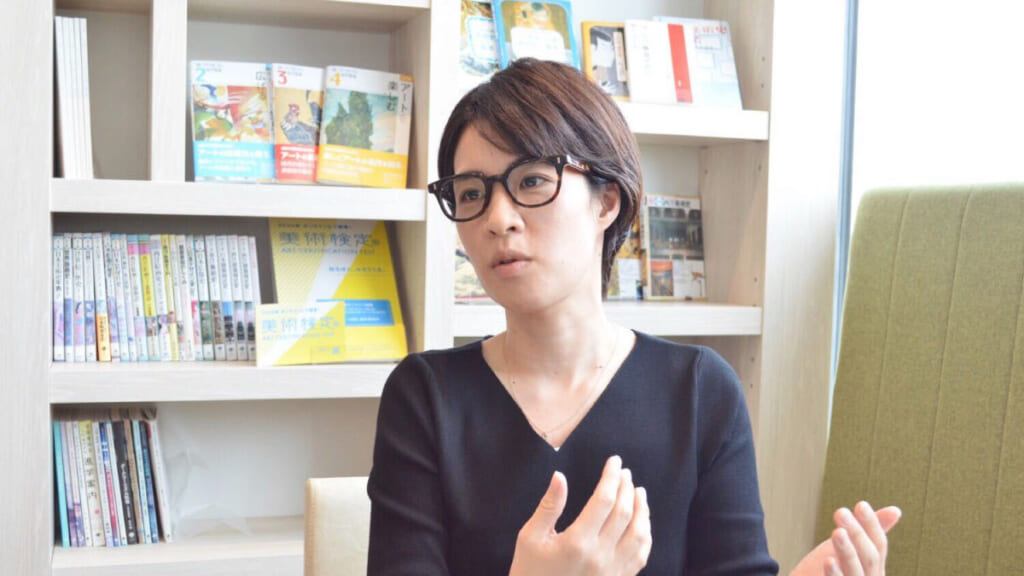
How was the service response?
With learningBOX’s expertise in online testing, we are confident that they will continue to help us bring our vision to life.
Whenever we presented our goals, learningBOX responded with precision, speed, and care. We have absolute trust in their team. We were aware that learningBOX made it easy to create exam questions, but initially, we didn’t think it was designed specifically for online certification exams. However, when we shared our requirements, they responded positively, saying, "Let’s make it happen together!" Not once did they say, "That’s not possible." If a solution didn’t exist, they considered developing new features. But first, they explored how to achieve our goals using the existing system, offering multiple proposals—Plan A, Plan B, and sometimes even Plan C. By carefully selecting the best approach, we were able to reach this point successfully.
Since learningBOX’s headquarters is in Tatsuno City, Hyogo Prefecture, all our meetings were conducted online. One of the great advantages of web meetings was that they could demonstrate everything using the actual system, making it easy to understand what needed to be done.
Additionally, because learningBOX is a cloud-based service, minor changes and adjustments could be decided on the spot during meetings. Thanks to this flexibility, every issue was resolved efficiently, allowing us to successfully launch the Level 4 Online Exam in August 2020.
Now, in November, we are preparing for the Level 3, Level 2, and Level 1 exams. Over the past six months, learningBOX has worked alongside us every step of the way. We are deeply grateful for their support and dedication.
We look forward to continuing this partnership to make the Art Certification Test even better in the future!
Thank you for your participation
.
